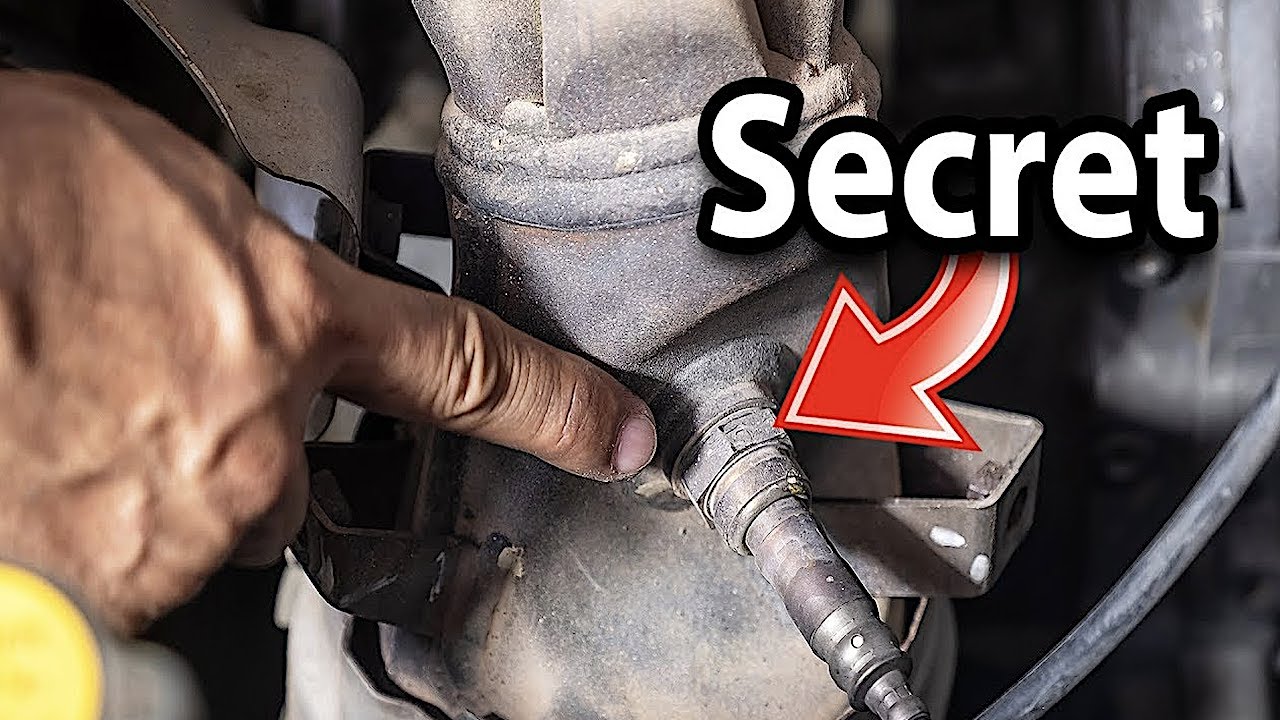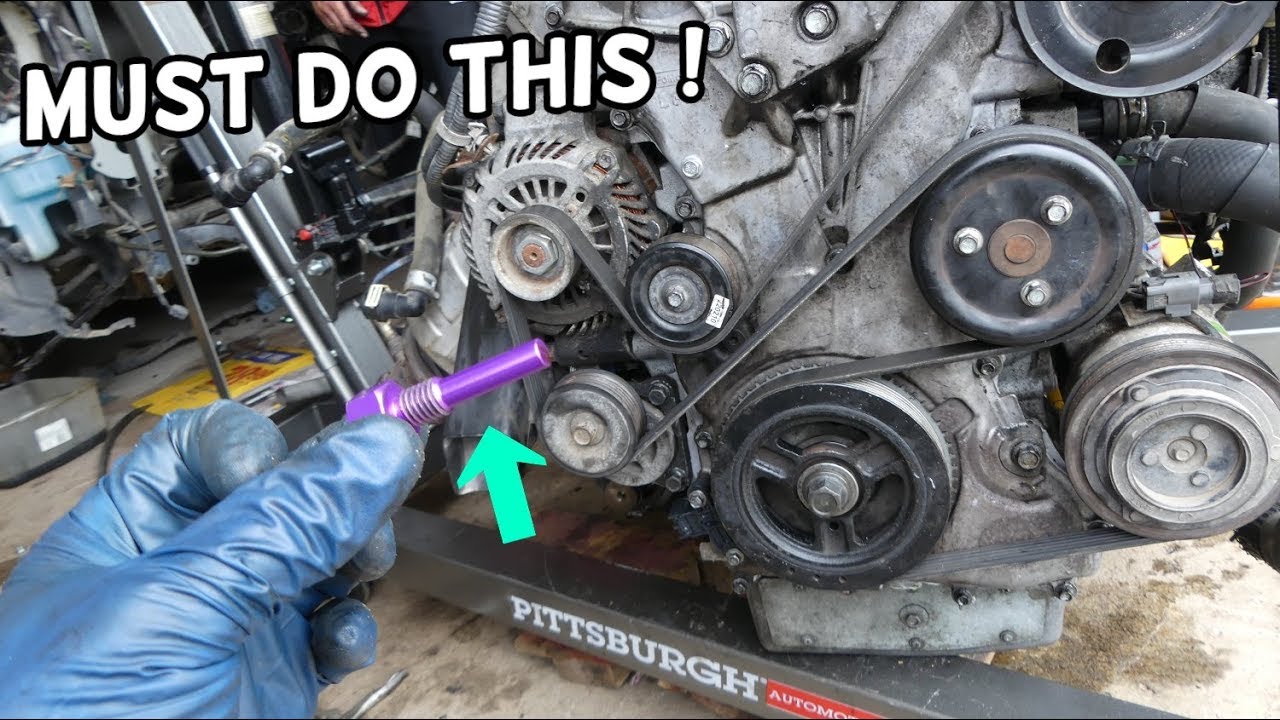Timing belts are crucial components of a car’s engine, ensuring that the crankshaft and camshaft rotate in sync, enabling the engine to run smoothly. However, timing belts are made of rubber and can deteriorate over time due to heat exposure.
Typically, it’s recommended to replace the timing belt every 5 to 10 years or as specified by the vehicle manufacturer.
Ways To Identify If Timing Belt Needs Replacement

Here’s an alternative approach to determining when your car needs a new timing belt and how to replace it yourself.
Identify the Type of Engine
Check if your car has a timing belt or a timing chain. Timing belts are more common in older vehicles, while timing chains are found in newer and more modern engines. Consult your vehicle’s owner’s manual for this information.
Check the Age and Mileage
If your car is 5 to 10 years old or has accumulated high mileage, it’s a good idea to inspect the timing belt for signs of wear and tear.
Look for Visual Cues
Inspect the timing belt for cracks, fraying, or excessive wear. If any of these signs are present, it’s time to replace the belt.
Steps to Replace Timing Belt
To replace the timing belt, follow these steps:
Step 1: Prepare the Vehicle
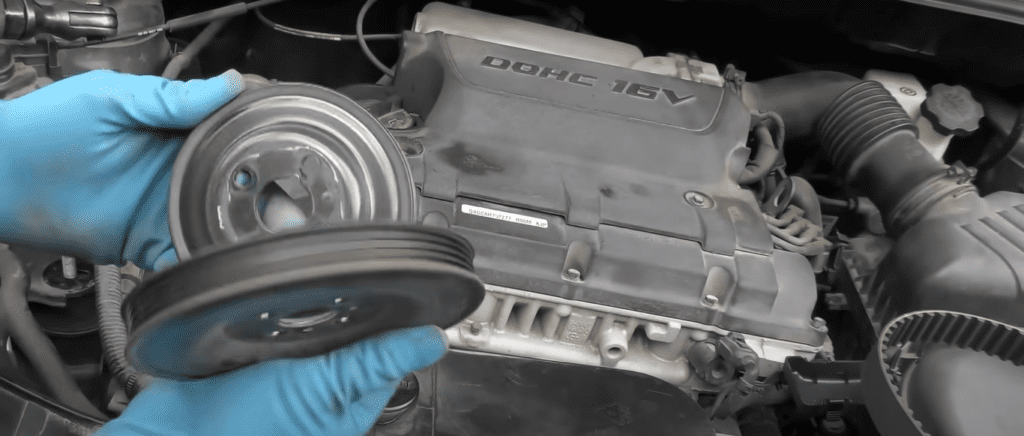
Remove the fan belts and drive belts, unplug the motor mount, and unbolt the water pump pulley.
Step 2: Remove the Timing Belt Cover
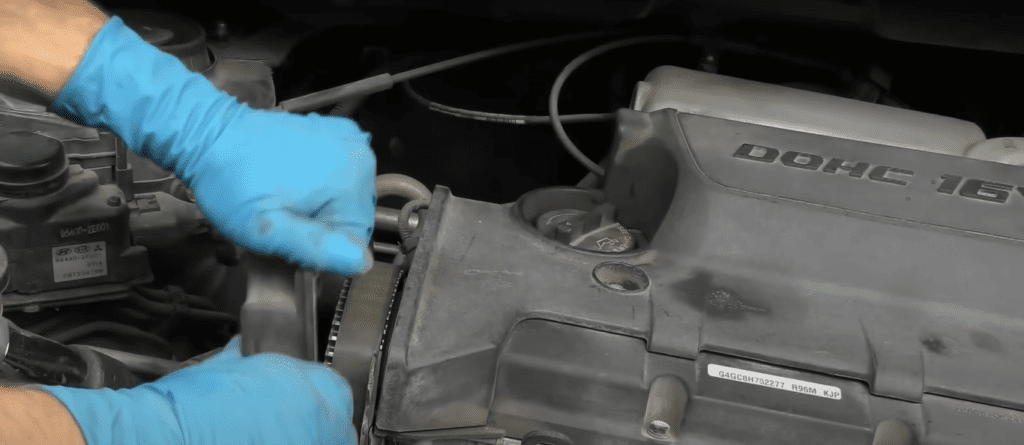
Unbolt the timing belt cover to access the timing belt.
Step 3: Align the Crankshaft Pulley

Use white paint to mark the position of the crankshaft pulley before removing the old timing belt. This will help ensure proper alignment during installation.
Step 4: Remove the Old Timing Belt

Unbolt the idler pulley to create enough slack to remove the old timing belt.
Step 5: Install the New Timing Belt

Slide the new timing belt over the pulleys, ensuring that it aligns correctly with the marks made earlier.
Step 6: Reassemble the Engine
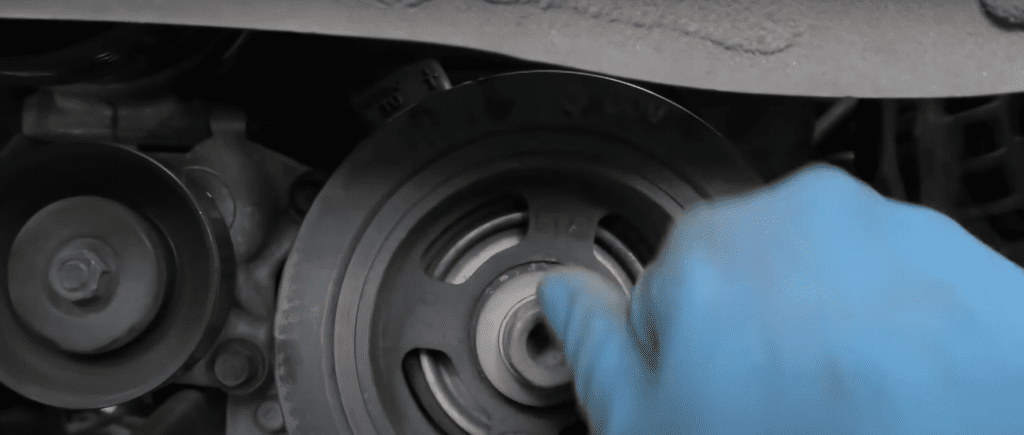
Reinstall the timing belt cover, crankshaft pulley, water pump pulley, fan belts, and motor mounts.
Step 7: Start the Engine
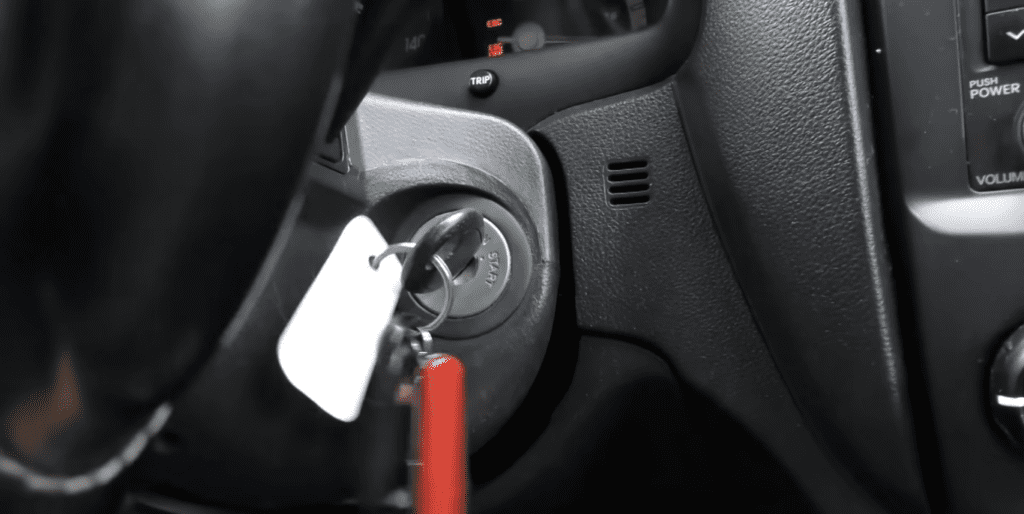
Start the engine to ensure that it runs smoothly and without any issues.
If you’re unsure about any of these steps or need further assistance, consult a professional mechanic or your vehicle’s owner’s manual for guidance.
Conclusion
In conclusion, knowing when to replace your car’s timing belt is crucial for maintaining your vehicle’s health and preventing costly engine damage. By checking the age and mileage of your car, as well as inspecting the timing belt for signs of wear and tear, you can determine if it’s time for a replacement.

